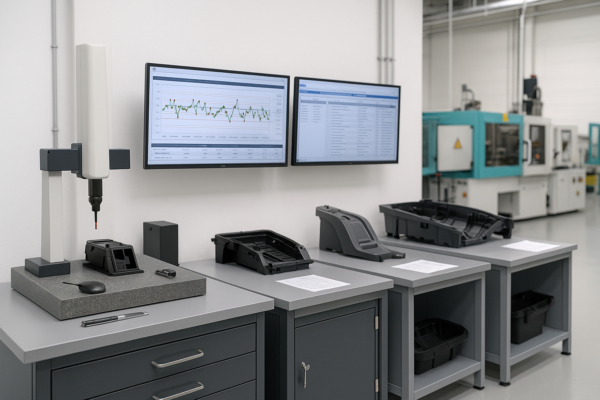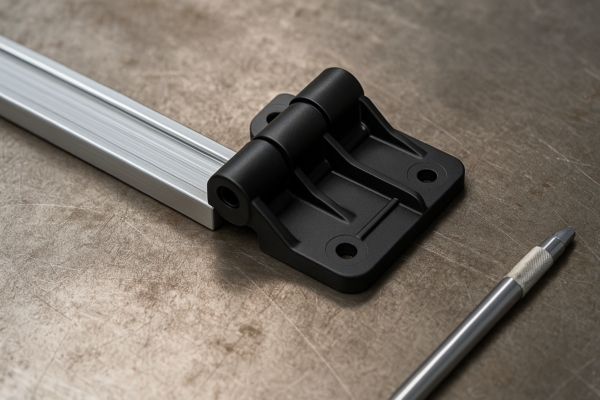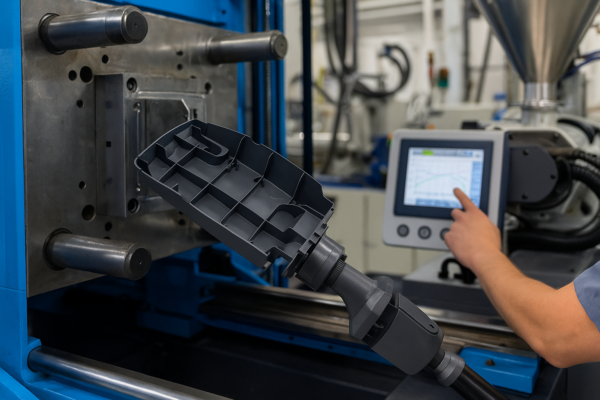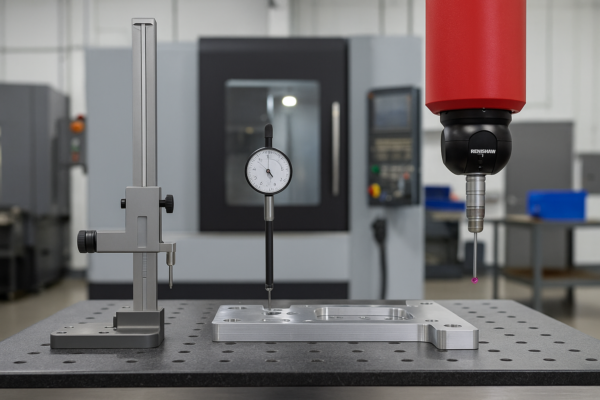Are there 92 metals?

There’s a common belief that there are exactly 92 metals, but is that really the case? Let’s dive into the world of metals and explore how many there truly are.
Snippet paragraph:
While the number of metals might seem straightforward, the classification of metals can vary. We’ll break down the facts and uncover the true number of metals.
Transition paragraph:
Keep reading to learn more about how many metals there are, their properties, and some commonly asked questions about pure metals.
What are the 92 metals?
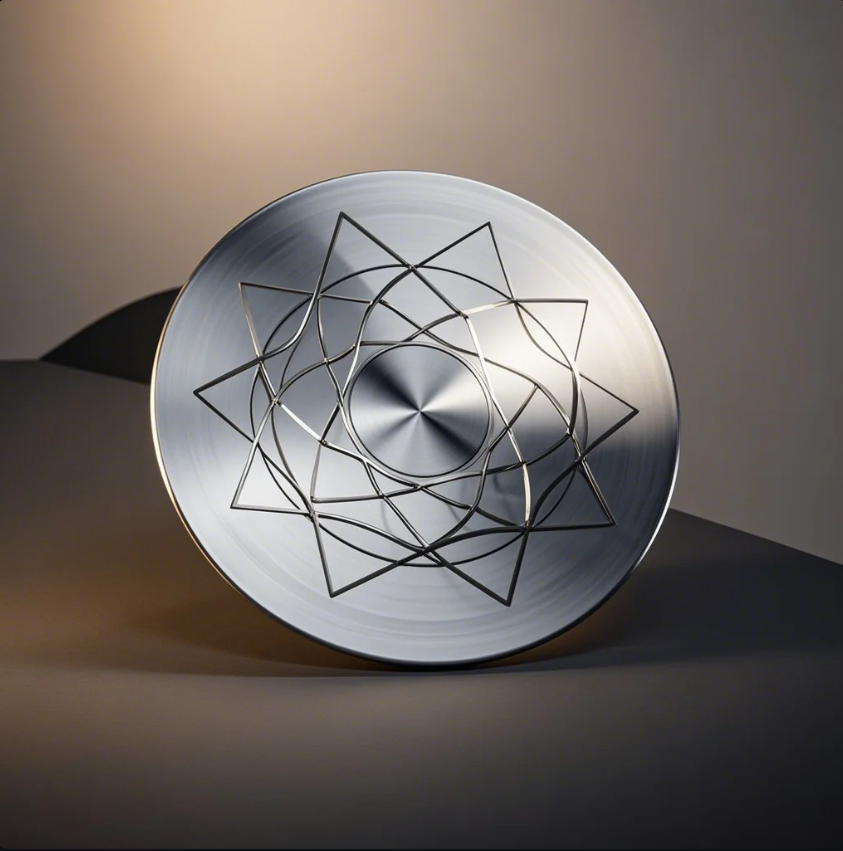
The number 92 often refers to the 92 naturally occurring elements in the periodic table, but it doesn’t necessarily mean all 92 are classified as metals. In fact, metals make up a large part of the periodic table, but not all elements are metals.
A Breakdown of the 92 Elements
The periodic table contains 118 elements in total, of which around 80 are considered metals. However, the number of metals in the periodic table can be a little more complicated to define because there are different types of metals, including:
- Alkali metals
- Alkaline earth metals
- Transition metals
- Lanthanides and actinides
List of Common Metals from the Periodic Table
| Element | Classification | Common Uses |
|---|---|---|
| Iron (Fe) | Transition Metal | Construction, machinery |
| Copper (Cu) | Transition Metal | Electrical wiring |
| Gold (Au) | Transition Metal | Jewelry, electronics |
| Aluminum (Al) | Post-transition Metal | Aerospace, packaging |
| Zinc (Zn) | Transition Metal | Galvanization, batteries |
While the number 92 does refer to naturally occurring elements, only a portion of those 92 are actually metals. This is important to note when considering how many metals there are. Some elements, like hydrogen and carbon, are gases or non-metals, which do not fit into the classification of metals.
In addition to being affordable, these metals are often found in a wide range of products that we use in daily life. For example, aluminum is the primary metal used in beverage cans, and steel is commonly found in car manufacturing. These metals’ widespread usage across industries shows their effectiveness and versatility, making them the go-to materials for many large-scale projects.
How many metals are there in total?
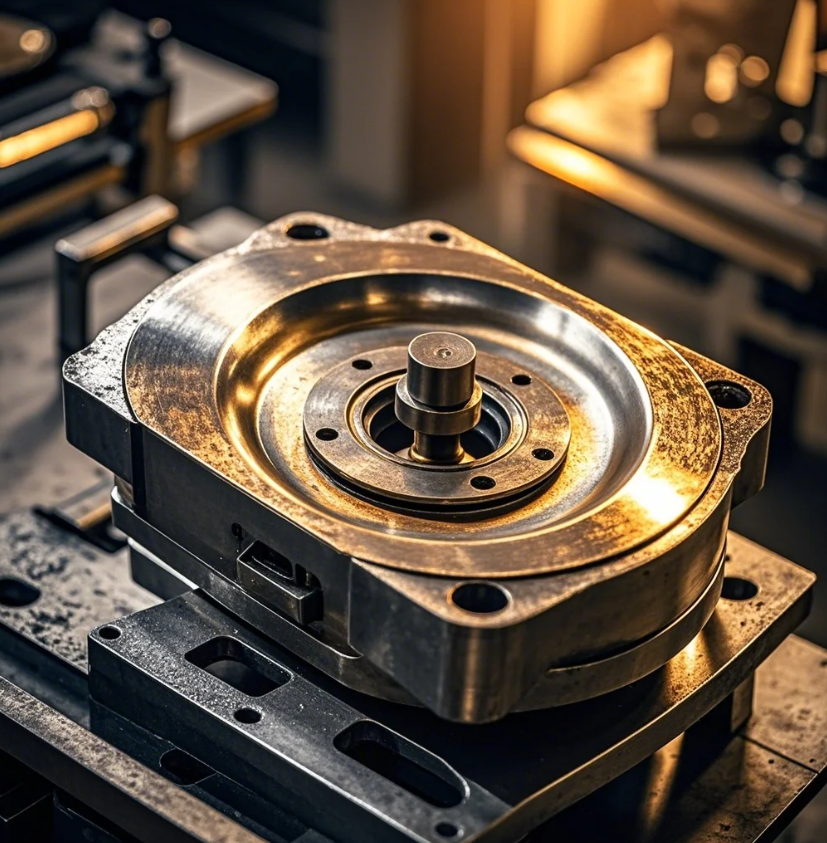
The number of metals in the periodic table varies based on how they are classified. As mentioned, around 80 elements can be classified as metals, but the exact count depends on how we define a metal. Some of these metals are abundant, while others are rare or synthetic.
Main Categories of Metals
- Heavy Metals: These are typically dense and often toxic metals, such as lead, mercury, and arsenic.
- Light Metals: Metals like aluminum, magnesium, and titanium are light, strong, and widely used in many industries.
- Noble Metals: These metals, like gold, platinum, and silver, are known for their resistance to corrosion.
Breakdown of Metal Types
| Metal Type | Examples | Uses |
|---|---|---|
| Heavy Metals | Lead, Mercury, Cadmium | Batteries, electronics, radiation shielding |
| Light Metals | Aluminum, Titanium, Magnesium | Aircraft, automotive, packaging |
| Noble Metals | Gold, Platinum, Silver | Jewelry, electronics, high-end devices |
| Transition Metals | Copper, Iron, Nickel | Electrical wiring, machinery, construction |
While there are around 80 metals in total, the exact count can depend on how specific elements are categorized. For example, platinum and gold are both considered noble metals, highly valued for their unique properties like corrosion resistance. These metals are often used in electronics, jewelry, and high-end industrial applications.
The inclusion of rare-earth elements like neodymium (used in magnets) and dysprosium (used in high-performance electronics) further increases the diversity of metals found on Earth. These metals may not always be classified as "common" metals, but they are essential in many modern technologies.
What metal is 99.9% pure?

One of the most well-known metals that can be purified to 99.9% is silver. The purity of silver is often denoted as 999, which indicates that the silver is 99.9% pure. Other metals, like gold, are also commonly refined to this level of purity.
Pure Metals and Their Uses
- Gold (Au): Often refined to 99.9% or higher for use in jewelry and electronics. Gold’s high level of purity ensures minimal impurities, making it ideal for sensitive applications like semiconductor production.
- Silver (Ag): Typically purified to 99.9% for high-quality jewelry, silverware, and certain industrial applications.
- Copper (Cu): Used in electrical wiring, copper is often refined to 99.9% to ensure high conductivity. Pure copper has superior electrical properties, making it essential in electronics and power systems.
The process of refining metals to 99.9% purity helps ensure their best performance in high-end applications. For example, when you buy 99.9% pure gold or silver, you are getting a metal that is ideal for jewelry-making or other precision applications.
In fact, platinum and palladium, both precious metals, are also refined to high levels of purity, ensuring their reliability in high-value industries. This high purity is crucial for the use of these metals in catalytic converters and other critical components in various industrial processes.
Are there only 92 elements?

While there are 92 naturally occurring elements on the periodic table, the actual number of elements has surpassed 100. In fact, scientists have discovered and created several synthetic elements beyond uranium (element 92), with the current total being 118 known elements.
These synthetic elements, such as neptunium (Np) and plutonium (Pu), do not occur naturally but can be produced in laboratories. Some of these elements are highly unstable and radioactive. They are useful in research and nuclear energy, but they do not have widespread applications in industry.
Understanding the Periodic Table
The periodic table organizes elements based on their atomic number. While the first 92 elements occur naturally on Earth, the rest are synthetic, created through nuclear reactions.
| Element | Atomic Number | Classification | Common Uses |
|---|---|---|---|
| Uranium | 92 | Actinide, Radioactive | Nuclear energy |
| Neptunium | 93 | Actinide, Radioactive | Research, nuclear reactors |
| Plutonium | 94 | Actinide, Radioactive | Nuclear weapons, reactors |
Even though there are 92 natural elements, many more have been synthesized in laboratories, adding complexity to the periodic table. These synthetic elements are typically unstable and decay quickly, limiting their applications to specialized fields like nuclear research.
It’s important to note that not all 118 elements are useful in everyday applications. Some synthetic elements are used in highly specialized research, while many of the naturally occurring metals have practical applications in industries ranging from electronics to construction.
Conclusion
There are around 80 metals in the periodic table, but the number can vary depending on how they are classified. While the number 92 refers to naturally occurring elements, metals are a key part of this classification. Whether you’re working with pure metals like gold or silver or using more common metals like copper and aluminum, understanding their properties can help you choose the right materials for your needs.
If you’re looking for high-quality metals for industrial applications, Prime offers a range of customizable products designed to meet your needs. Get in touch today for a consultation, quote, and quick delivery options to ensure your next project is a success.

